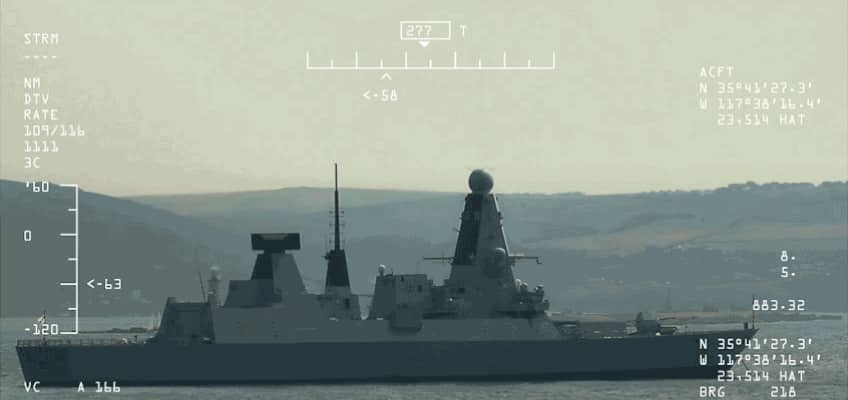Optimizing video metadata and managing bitrates are important considerations when streaming video for defense, security, and Intelligence, Surveillance, Reconnaissance (ISR) applications. If the network isn’t big enough to accommodate both video and metadata, then vital information will get lost. The latest release of the Haivision Kraken video transcoder (version 2.9) now includes two important new features for metadata management, previously only available in Haivision Makito X and X4 video encoders: metadata filtering and metadata decimation.
Choosing optimal encoder settings is critical to ensure the best quality video stream possible for the anticipated network bandwidth. This is true when streaming over the internet and can be even more important when streaming over more highly constrained IP networks like those found in defense and ISR deployments.
Optimizing Video Bitrate
When optimizing video for constrained networks such as ground-based radio or IP over satellite links, codec selection, video resolution, frame rate, and color precision are just some of the key options that can impact overall bitrate. Selecting the HEVC codec, for instance, can help provide better video quality at lower bandwidths when compared to H.264 – it’s a newer, more efficient codec. However, motion imagery video is not the only component of a stream that can impact overall bitrate; infrared (EO/IR) video may also be needed, audio might have to be factored in, and more importantly, in ISR workflows, the presence of real-time metadata has to be considered.
Managing Metadata
The impact of metadata on bitrate is not trivial at all – especially when metadata is included with every frame, and extends the standard geospatial metadata with Video Moving Target Indicator (VMTI) KLV metadata. MISB-STD 0601 KLV metadata included within video streams introduces dozens of items which convey important geospatial context about the video being captured from ISR sensors, but can cumulatively add significant bitrate overhead. Just as video can be compressed to a much lower bitrate for constricted datalink channels, metadata is can also be optimized while still accurately convey a complete situational awareness picture. That’s why, when optimizing streaming bitrate it’s important to have the right tools for managing what metadata needs to be included in real-time ISR video streams. There are several features that can help better manage metadata bitrate, two of the most important are metadata filtering and decimation.
Metadata filtering provides a way of excluding selected metadata tags from output streams. For instance, tags related to sensor position – longitude and latitude, horizontal field of view, roll and elevation angle may be critical in one use case, while wind speed & direction, air temperature, and platform ground speed may not be needed. In some cases multiple streams can be created, each stream can be customized to include only the metadata required for specific viewers.
Metadata decimation provides another option for optimizing bitrate. It allows users to reduce the “frame rate” of the output metadata instead of including metadata for every frame. For instance, it’s possible to reduce the metadata rate to every other frame, every 5th frame, or every 10th frame. Again, some viewers may require real-time frame by frame metadata, while others may only need intermittent and more bandwidth efficient metadata.
Get the Balance Right
When it comes to optimizing video streaming bitrate, especially in constrained bandwidth ISR workflows, the goal is to achieve the optimal balance between video quality and the metadata defined to ensure mission success by delivering optimum situational awareness. By excluding extraneous metadata, either through filtering or decimation, you can conserve bitrate, which can be applied to achieving higher quality full motion video.
To learn more about Haivision’s Kraken high performance transcoder series specifically engineered for ISR Communications, read more here.

